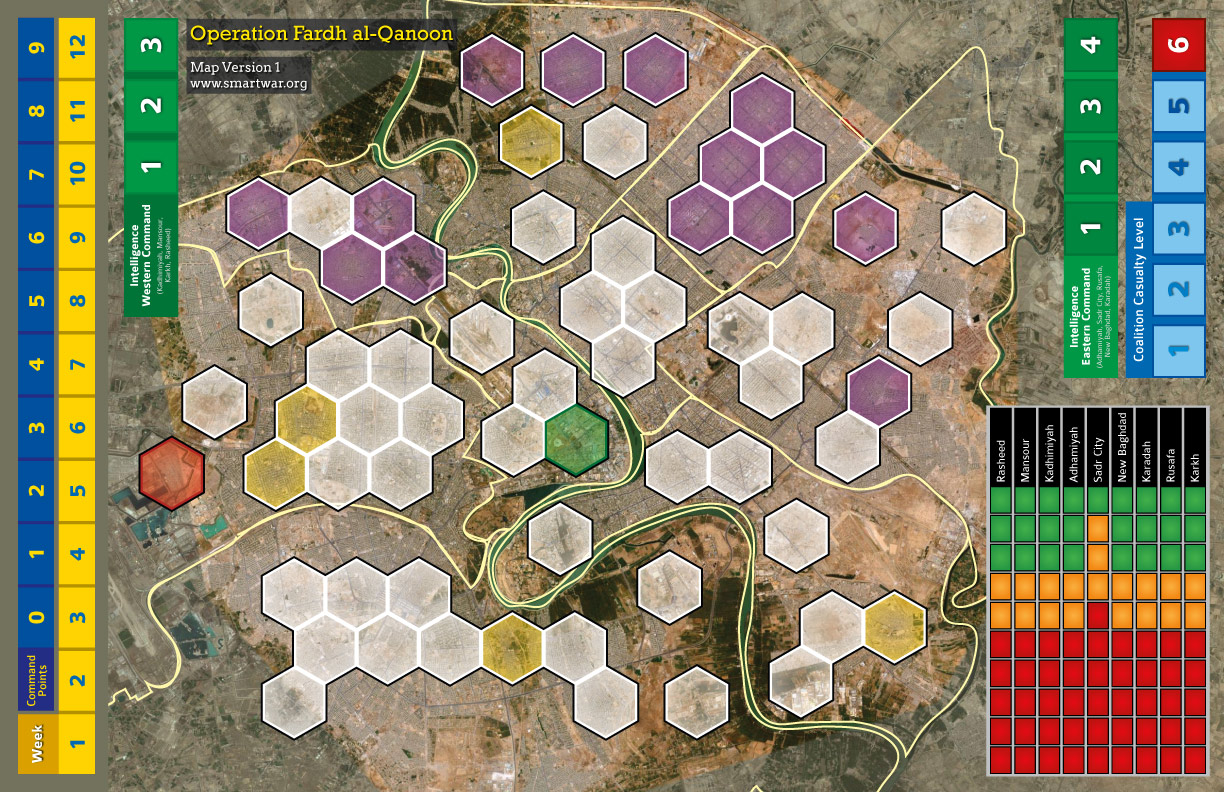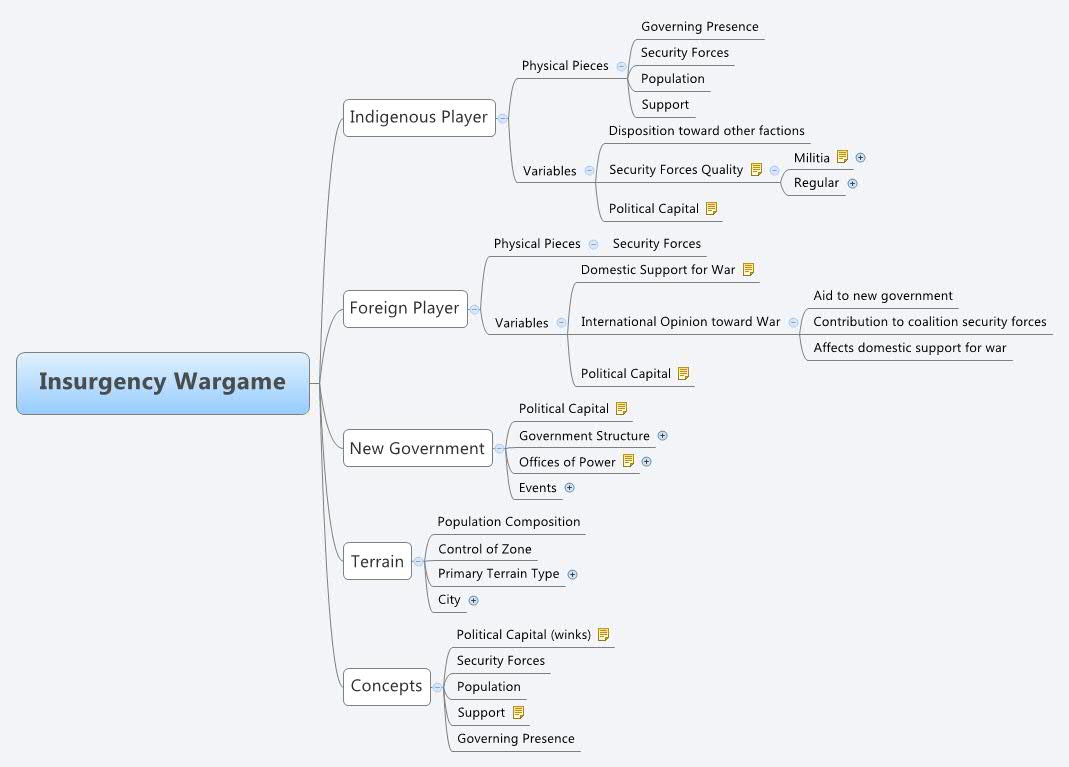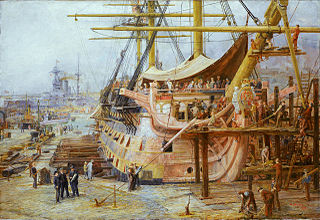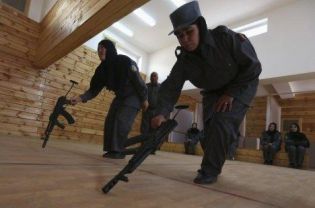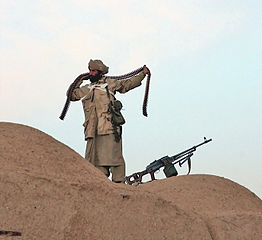Picking my battles… Conflict Simulation at King’s College London
The Conflict Simulation module run by Dr. Philip Sabin is in the lead for most interesting class I’m taking at King’s College London right now. As part of the course, students have to research a conflict and design their own simulation of it.
After looking at a few historical battles I found interesting, I thought I was set on recreating the Battle of Ayn Jalut, a turning point in the Mongol conquests where Mamluk forces successfully defeated the horde. Of particular interest in the battle was the similar number of different quality of cavalry on each side.
Mongols were famous for their cavalry, but their steppe horses were smaller ponies compared to the larger horses used by Mamluks, mostly of Arabian stock. Mongol warriors also traveled with 6 to 7 horses, a number easily sustained in Central Asia, giving them a tactical advantage as they could switch worn-out horses for fresh ones. The Mamluks obviously did not have as much space to maintain so many horses, so their cavalry fought with 1 to 2 each.
Another popular image of the Mongols is that of the horse archer, sniping down opponents as they blaze past them. While Mongols were indeed accomplished horse archers, the quality of their weaponry (typically fashioned by the users themselves) limited the range at which they were effective. Mamluks, being professional soldiers, extensively practiced archery and were effective at longer range. With fewer horses, however, they could not match the maneuver potential of the Mongols.
After doing some more reading about the Battle of Ayn Jalut (of which there is surprisingly little material available, considering its importance), I got quite excited about the prospect of designing a simulation to recreate it. At the end of the day, it simply wouldn’t work, since the crux of the Mamluk victory lay in pulling off a tactical ambush that the Mongol commander obligingly walked into. Anybody who has read about the battle or even played the simulation at least once will know not to fall for the Mamluk’s feinted attack and retreat, thereby throwing the Mamluk’s odds of victory way out of favor.
Instead, I managed to latch onto a much more modern scenario. First, I should explain my long-standing desire to create an “updated” chess. I’ve always thought that chess was a bit of a silly game because pitting evenly-matched forces against each other without fog of war makes it impossible to use any of the tactics or tricks one would find useful outside of an 8×8 square board. A modern version of chess should reflect asymmetry (because after all, who seeks to meet the enemy when the odds are not in his favor?), uncertainty (the fog of war, or friction as Clausewitz liked to call it), and flexibility.
With that in mind, I’ve decided to model Operation Imposing Law, aka Operation Law & Order, Operation Fardh al-Qanoon, or simply the Baghdad Security Plan. General Petraeus’ revised counterinsurgency strategy was just beginning to make a positive impact in Iraq as I developed an interest in the serious, academic study of war, so I have a bit of a fascination with COIN. Plus, I figure creating a manual simulation of a COIN operation in Baghdad would be a good challenge. The constraints around our simulation assignment make abstraction and simplicity a necessity to some degree, so the idea is to capture the basic elements of conducting counterinsurgency and obstacles to succeeding in that effort. While I haven’t thought through the entire scenario yet, I’m fairly certain the main element of the simulation will involve the Coalition player being blind to the anti-Coalition player’s fighting units, which will all look like civilians to him.
Creating a manual, tabletop COIN simulation in a setting like Baghdad will certainly be an interesting process. Much like Iraq, failure is not an option. There’s a Master’s degree hanging in the balance!

